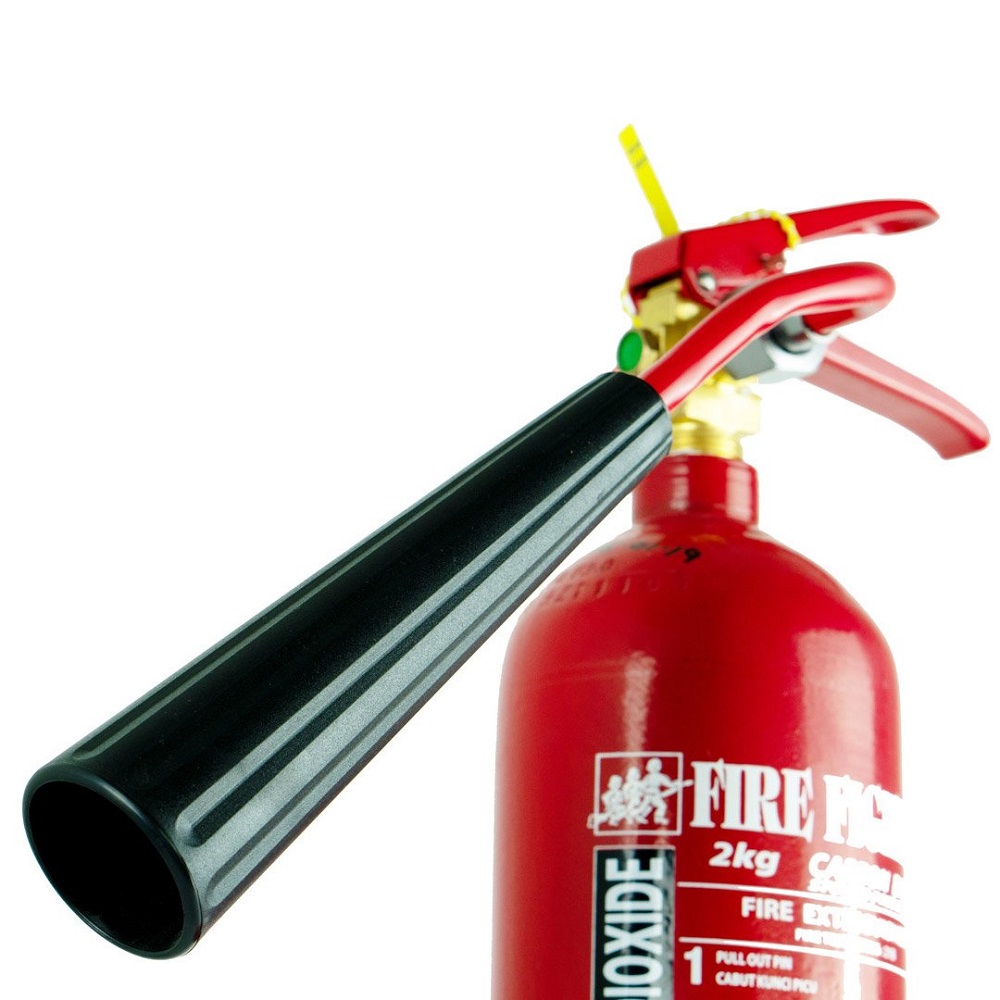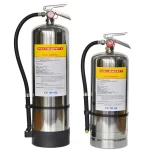When it comes to fire safety, choosing the correct type of fire extinguisher for your business is essential. Among the different options available, carbon dioxide (CO2) fire extinguishers play a crucial role in suppressing fires without leaving residue, making them an excellent choice for various commercial settings. This article will guide you through the important factors to consider when selecting a CO2 fire extinguisher for your business, helping ensure the safety of your employees and property.
Understanding CO2 Fire Extinguishers
What is a CO2 Fire Extinguisher?
A CO2 fire extinguisher uses carbon dioxide gas to extinguish fires. It works by displacing oxygen in the environment surrounding the fire, effectively smothering it. This type of extinguisher is particularly effective for Class B (flammable liquids) and Class C (electrical) fires. One of the standout benefits of CO2 extinguishers is that they leave no harmful residues, making them ideal for use in environments with sensitive equipment, such as data centers or laboratories.
Advantages of Using CO2 Extinguishers
CO2 extinguishers offer several advantages for business settings. Firstly, they are compact and lightweight, allowing for easy transport and use. Secondly, these extinguishers are safe for use on electrical fires, making them essential for offices filled with electronic devices. Additionally, CO2 extinguishers can operate effectively in confined spaces without creating additional hazards from chemical residues. Lastly, they cool down the equipment they extinguish, which is critical after a fire.
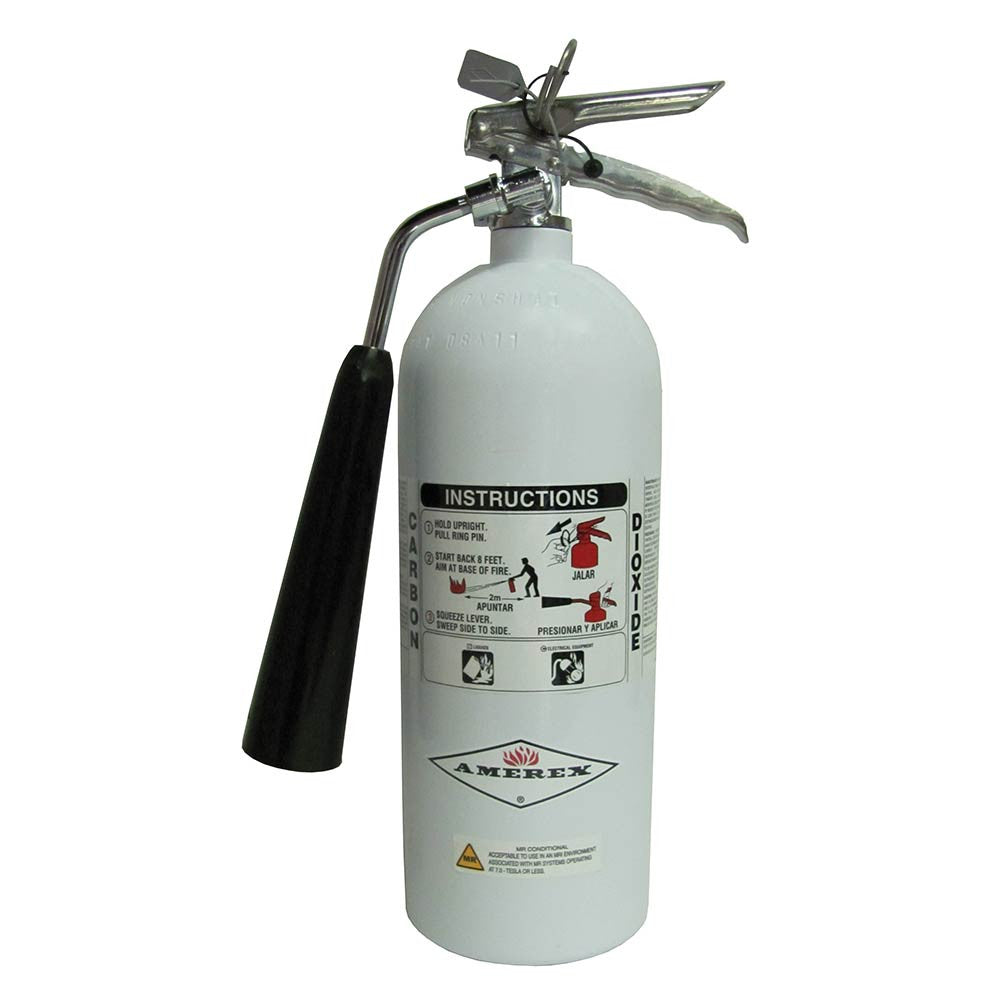
Identifying the Class of Fires
Classifications of Fires
Understanding the classification of fires is vital for properly assessing your needs. The National Fire Protection Association (NFPA) categorizes fires into several classes based on their fuel types:
- Class A: Ordinary combustibles like wood or paper.
- Class B: Flammable liquids such as gasoline or oil.
- Class C: Electrical fires involving energized equipment.
- Class D: Flammable metals.
- Class K: Cooking oils and fats.
CO2 fire extinguishers are predominantly effective for Class B and C fires, meaning they should be considered for businesses that handle flammable liquids or have electrical equipment.
Assessing Your Business Environment
Before purchasing a CO2 extinguisher, take time to evaluate the specific risks present in your environment. For example, a restaurant may require CO2 extinguishers for their electrical appliances but may also need Class K extinguishers for cooking oils. On the other hand, a manufacturing facility dealing with flammable liquids should prioritize Class B extinguishers, possibly including CO2 options. A thorough risk assessment helps ensure you have the appropriate fire safety measures in place.
Choosing the Right Size of Extinguisher
Fire Extinguisher Ratings
Fire extinguishers come in various sizes, typically measured in pounds, which indicates the amount of extinguishing agent contained within. In general, smaller extinguishers (2 to 5 lbs.) are suited for confined spaces and lightweight applications, while larger units (10 lbs. and above) are intended for more extensive fires and larger areas.
Determining Size Based on Risk
Select extinguisher sizes based on the level of risk and the size of your space. For businesses with high fire risks, such as warehouses or manufacturing plants, investing in larger extinguishers is a wise choice to combat potential larger fires. Conversely, a smaller office may only need a couple of 5 lbs. CO2 extinguishers strategically placed in vulnerable areas. Ensure that your chosen size balances convenience and efficacy.
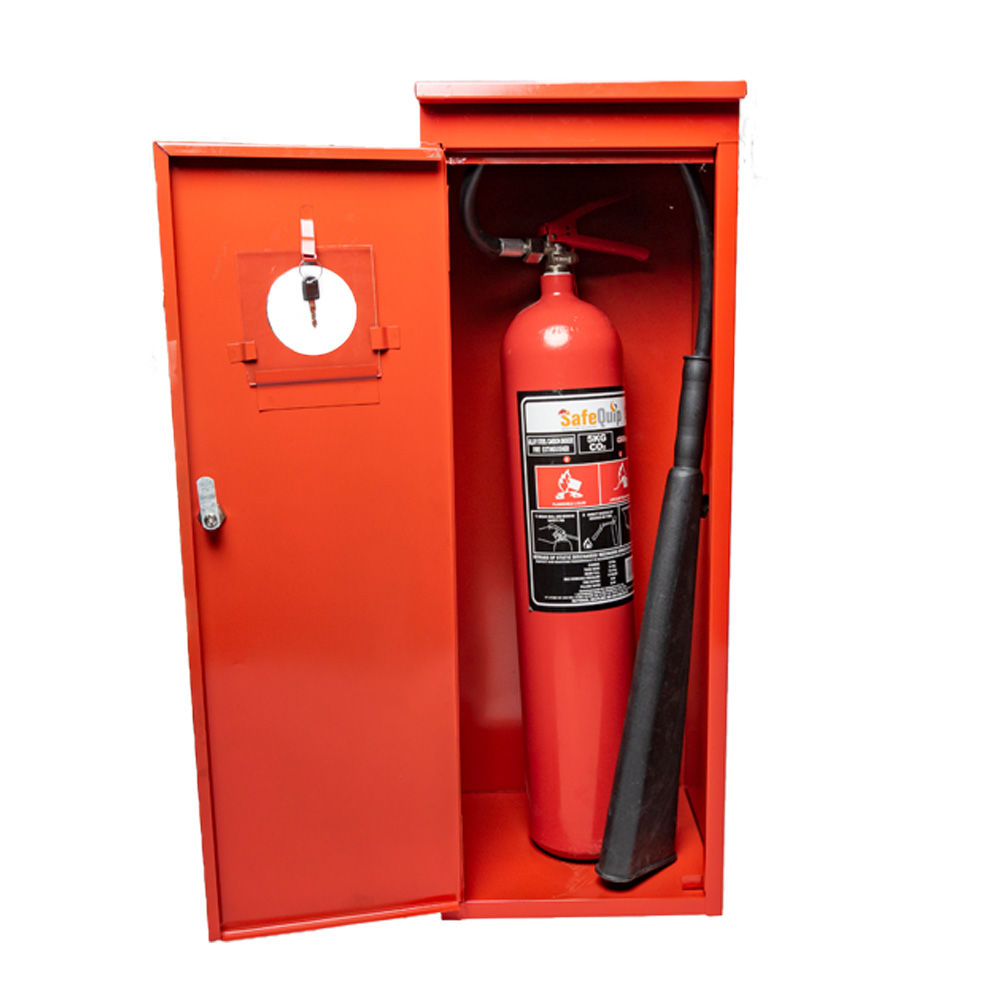
Understanding Maintenance and Inspection Requirements
Regular Maintenance is Key
Once you choose a CO2 fire extinguisher, be aware that regular maintenance is critical to ensure it functions effectively during an emergency. Fire extinguishers require annual inspections by certified professionals. During the inspection, they will check the pressure gauge, inspect the hose and nozzle for clogs, examine the exterior for dents or rust, and ensure that the activation mechanism works correctly.
User Responsibilities
In addition to professional maintenance, your staff should undergo training on how to use fire extinguishers correctly. Familiarize your team with the PASS method: Pull the pin, Aim at the base of the fire, Squeeze the handle, and Sweep side to side. Each employee must know the location and use of fire extinguishers specific to their work area. Regular drills also keep your team prepared in case of emergency situations.
Installation Considerations
Placement of CO2 Extinguishers
Strategic placement of fire extinguishers ensures they are easily accessible in an emergency. According to NFPA guidelines, CO2 extinguishers should be mounted on brackets or placed in cabinets. They should be located within a distance of 50 feet from flammable liquid storage areas and within 30 feet of electrical equipment.
Visibility and Accessibility
Ensure that extinguishers are easily visible and not obstructed by furniture or equipment. Signage indicating the locations of extinguishers can enhance visibility. Additionally, consider installing alarms or additional elements that can alert employees about the presence of extinguishers in case of a fire. Regular checks of extinguisher placements and accessibility ensure there are no issues during emergencies.
Cost and Budget Considerations
Pricing for CO2 Fire Extinguishers
When selecting a CO2 fire extinguisher, the cost will vary depending on size, brand, and features. Smaller extinguishers can range from 50to150, while larger units might cost between 200and400. Though the initial purchase price can be a concern, remember that investing in a quality extinguisher can save your business from far more significant losses in the event of a fire.
Evaluating Long-Term Expenses
In addition to the initial purchase price, budget for ongoing maintenance and inspection costs. Remember that costs can add up over time. Incorporating these aspects into your overall fire safety budget ensures that you have a comprehensive understanding of your financial commitment to fire safety over the long term. Additionally, consider the potential costs associated with property damage and legal liabilities arising from inadequate fire protection.
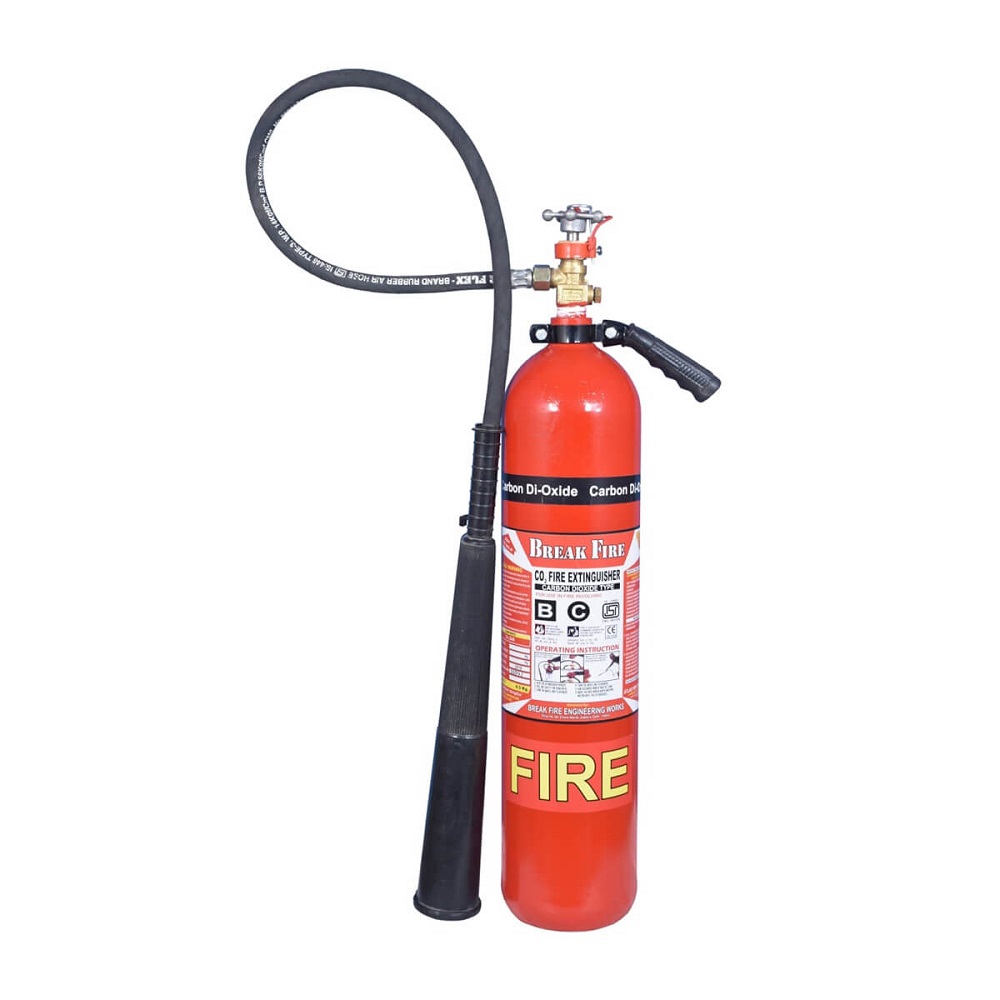
Integrating Fire Safety into Your Business Plan
Comprehensive Fire Safety Strategy
Fire safety should be an integral part of your overall business plan. Outline the specific measures you will implement to protect your employees, customers, and property. Include your fire extinguisher needs, employee training programs, and inspection schedules as critical components of this plan. Regular reviews and updates to this plan help adjust to any changes in your business environment or regulations.
Training Employees
Select a designated team member to oversee fire safety practices, ensuring that proper training and equipment checks occur regularly. Conduct fire drills routinely, helping to instill confidence and awareness among staff members. Additionally, staying up-to-date on fire safety regulations and industry best practices helps your business remain compliant while fostering a culture of safety.
Moving Forward with Confidence
In today’s fast-paced business environment, accidents can happen unexpectedly, and fire safety should never be taken for granted. By being proactive and taking the necessary steps to safeguard your workplace, you can create an environment where employees feel secure and valued. Regularly revisiting your fire safety measures, including the type and placement of fire extinguishers, helps ensure that they are effective and relevant to your current operations.
Also, consider engaging with local fire safety professionals or organizations that can offer guidance tailored specifically to your business. Their insights can be invaluable in keeping you updated on best practices, regulations, and new technologies emerging in the fire safety landscape.
Ensuring a Safe Business Environment
Choosing the right CO2 fire extinguisher for your business is an essential aspect of creating a safe environment. By understanding your specific risks, selecting an appropriate size, ensuring proper placement, and implementing regular maintenance, you take significant steps toward protecting your business from fire hazards. With comprehensive training and a solid fire safety plan in place, you’ll enhance the safety of your employees and customers, ultimately fostering a secure and productive work atmosphere.
Remember that fire safety is not a one-time effort; it requires ongoing commitment and awareness. Continually reassessing your fire safety needs and ensuring that your team remains informed will contribute to a safer working environment for everyone. Being proactive about fire safety demonstrates your commitment to protecting your business and its greatest assets: your people.
